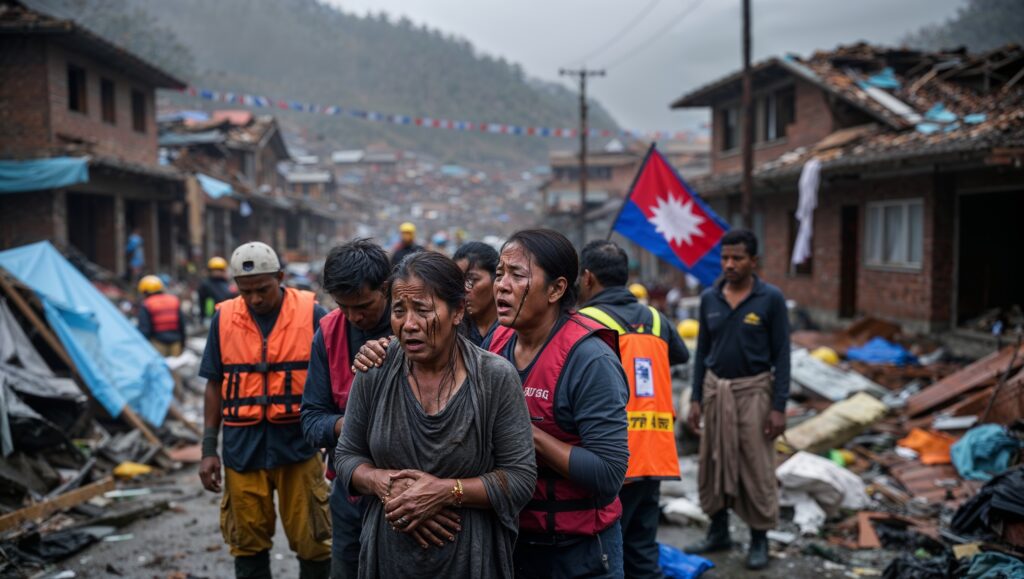Downed buildings took more than 200 lives, with dozens of people missing as the search operations in Nepal continue. The recent monsoon rains that started last week have been disastrous, causing floods and landslides, especially in the western part of Nepal. About thousands of people are affected, and more or less complete destruction of infrastructures and many houses and agricultural lands is extreme.
Large part of the villages has been flooded, people were forced to climb to the roofs of houses and get on the trees. Security forces, as well as the Nepali army and police, are actively involved in the rescue operations; however, many of these places have not yet been reached due to blockades of roads and bridges. Some of the uses include; evacuation of people who could not evacuate on their own and transportation of goods to areas that could not be accessed by other means.
The effects of the floods have been recorded significant in the Sudurpaschim and Karnali provinces in which the rivers have filled up to dangerous levels and broke their banks to sweep nearby inhabited areas into the floods. In the Achham district, a huge landslide hit several buses and other vehicles on the highway and resulted in many deaths. According to witnesses, the area was filled with desperate thrash to avoid the waters rolling and things collapsing.
The Nepalese government has ensured that all capacities that can be committed to trying to address the situation have been put in place, including the prime minister of Nepal, K.P. Sharma Oli, who is launching a campaign to manage the crisis. However, the latest disaster has simply proven to be too large to be managed by local forces, and international help is being requested. India and China have promised to provide rescue teams, medicines, and financial assistance to flood-ravaged Pakistan.
Downed buildings took more than 200 lives, with dozens of people missing as the search operations in Nepal continue. The recent monsoon rains that started last week have been disastrous, causing floods and landslides, especially in the western part of Nepal. About thousands of people are affected, and more or less complete destruction of infrastructures and many houses and agricultural lands is extreme.
Large part of the villages has been flooded, people were forced to climb to the roofs of houses and get on the trees. Security forces, as well as the Nepali army and police, are actively involved in the rescue operations; however, many of these places have not yet been reached due to blockades of roads and bridges. Some of the uses include; evacuation of people who could not evacuate on their own and transportation of goods to areas that could not be accessed by other means.
The effects of the floods have been recorded significant in the Sudurpaschim and Karnali provinces in which the rivers have filled up to dangerous levels and broke their banks to sweep nearby inhabited areas into the floods. In the Achham district, a huge landslide hit several buses and other vehicles on the highway and resulted in many deaths. According to witnesses, the area was filled with desperate thrash to avoid the waters rolling and things collapsing.
The Nepalese government has ensured that all capacities that can be committed to trying to address the situation have been put in place, including the prime minister of Nepal, K.P. Sharma Oli, who is launching a campaign to manage the crisis. However, the latest disaster has simply proven to be too large to be managed by local forces, and international help is being requested. India and China have promised to provide rescue teams, medicines, and financial assistance to flood-ravaged Pakistan.


